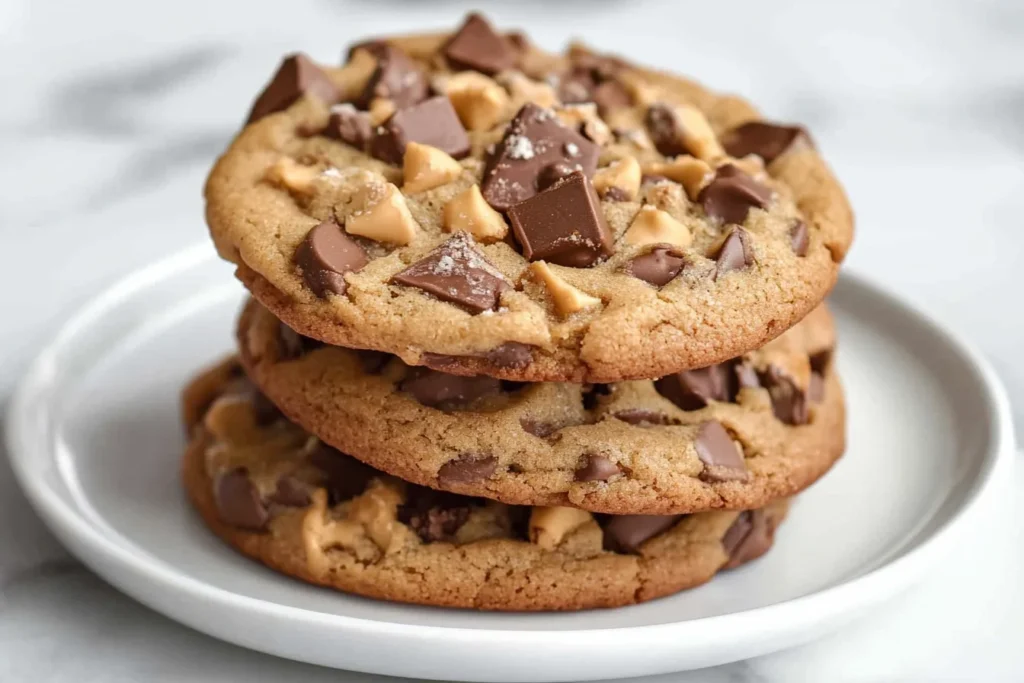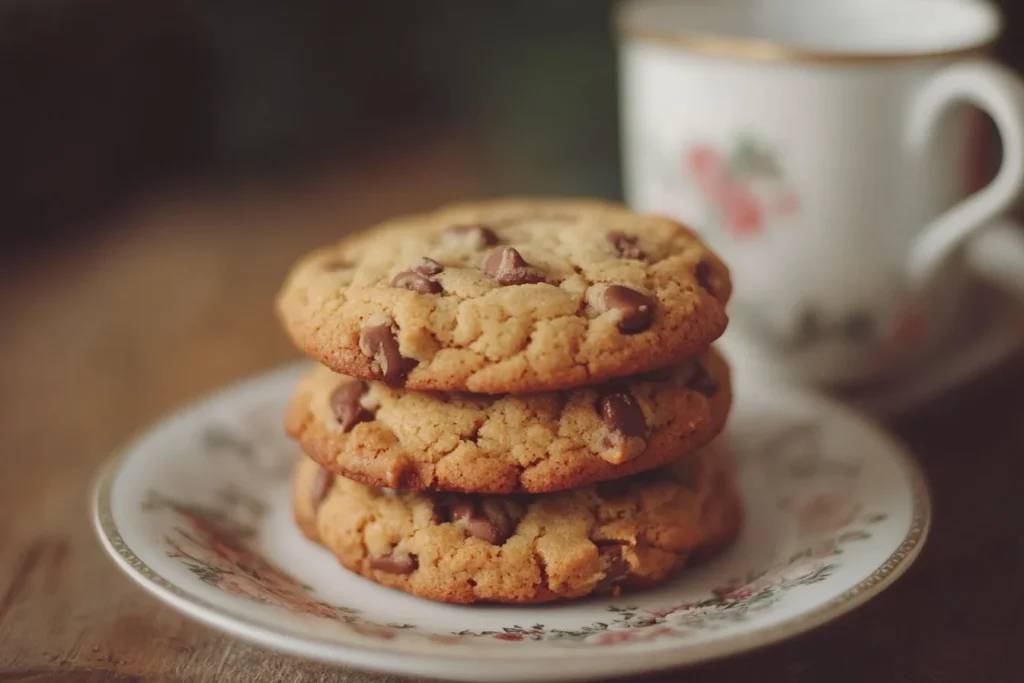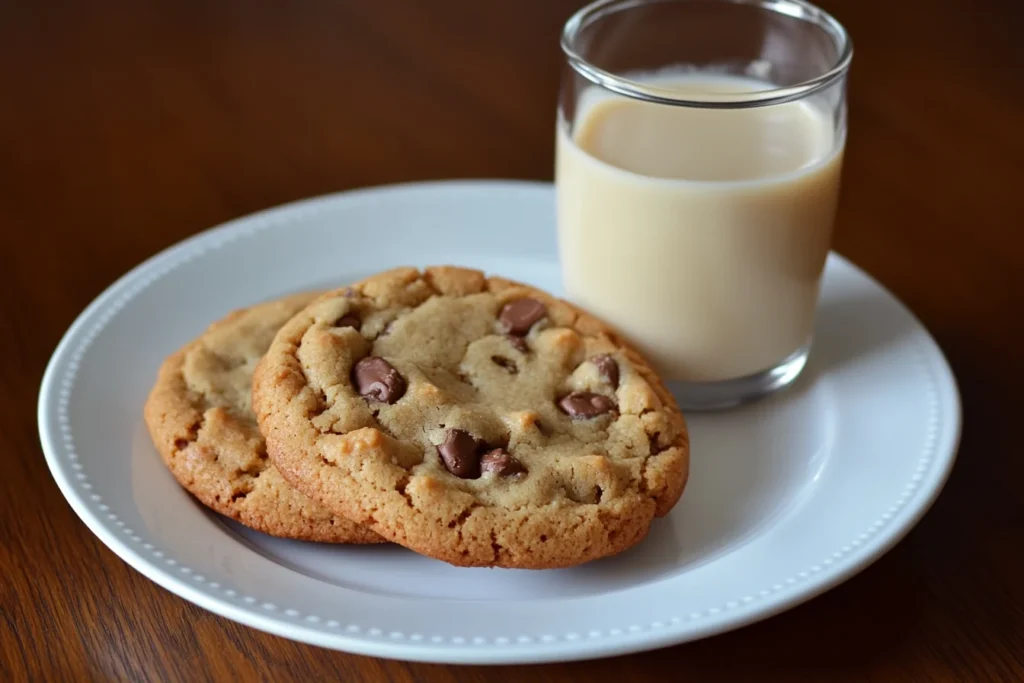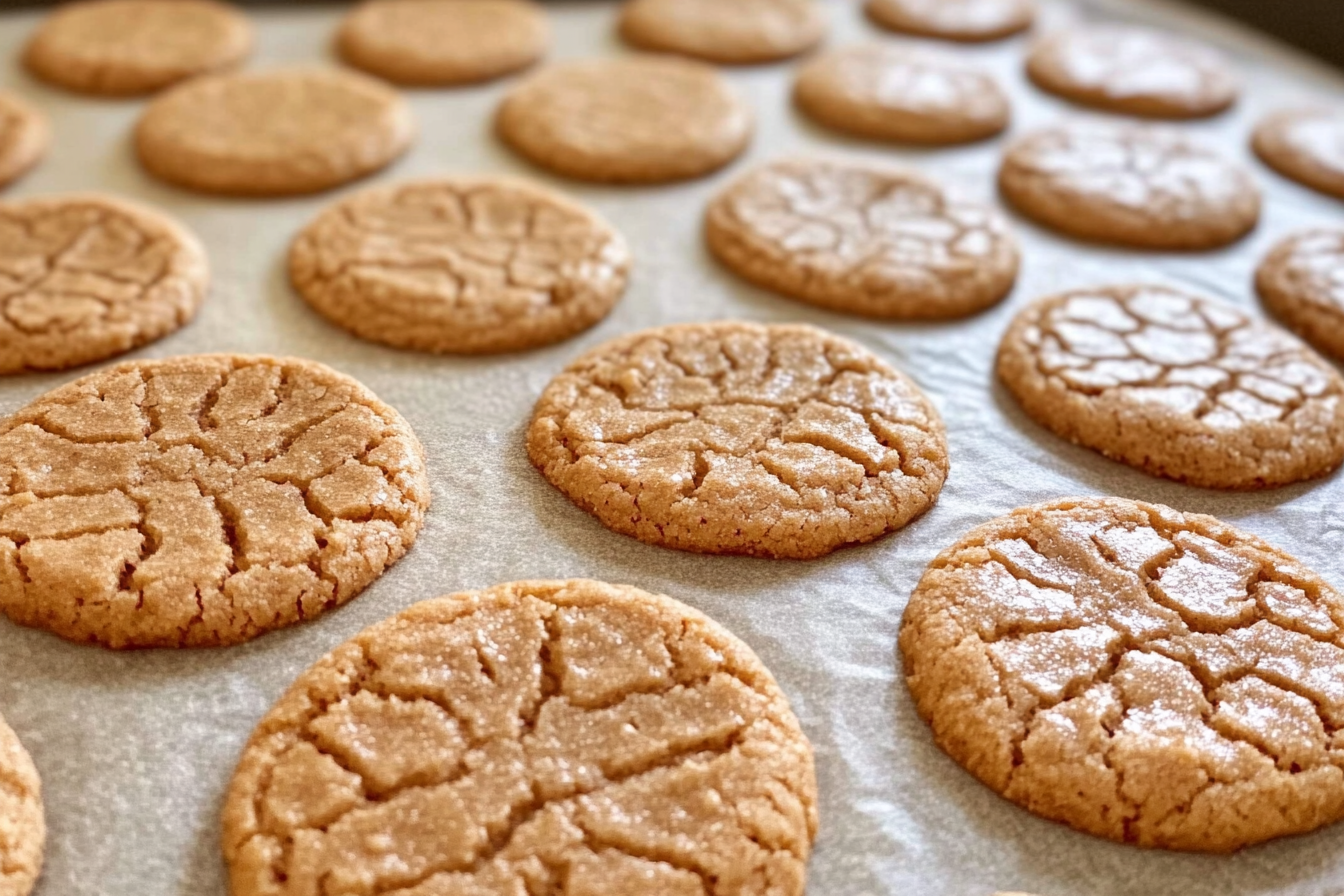Peanut butter cookies are a beloved staple in the world of baking. Their distinct flavor and texture make them stand out, but what truly sets them apart is the traditional pressing technique used during preparation. Let’s dive into the fascinating world of peanut butter cookies, their origins, and why pressing them is an essential step.

Part 1: Understanding Peanut Butter Cookies
The Origin of Peanut Butter Cookies
A Brief History of Peanut Butter Cookies in Baking Traditions
Peanut butter cookies trace their roots back to the early 20th century, a time when peanut butter emerged as a versatile and nutritious ingredient in American kitchens. The inclusion of peanut butter in cookies gained traction in the 1910s, when George Washington Carver, a pioneer in promoting peanuts as a sustainable crop, suggested recipes incorporating peanut butter.
By the 1930s, peanut butter cookies became a household favorite, solidified by their appearance in cookbooks like the 1933 Pillsbury Baking Book. This marked the beginning of their journey into mainstream baking traditions.
How Peanut Butter Became a Staple Ingredient in Cookies
Peanut butter’s creamy richness and natural oils made it an ideal addition to cookie recipes, enhancing both flavor and texture. Unlike other nuts, peanuts could be ground into a spreadable form, making it easier to integrate into batters. Its adaptability allowed bakers to experiment with sweet and salty combinations, leading to the signature peanut butter cookie we know today.
The Unique Texture of Peanut Butter Cookies
The Role of Peanut Butter in Creating Dense and Soft Textures
One of the defining characteristics of peanut butter cookies is their dense yet soft texture. Peanut butter’s natural fats and proteins create a binding effect, resulting in cookies that are sturdy yet tender. Unlike traditional sugar cookies, peanut butter cookies don’t rely heavily on butter or oil for moisture, as the peanut butter itself provides this.
Comparing the Texture of Peanut Butter Cookies with Other Variants
When compared to chocolate chip or sugar cookies, peanut butter cookies stand out for their crumbly texture and rich mouthfeel. Where chocolate chip cookies are chewy and sugar cookies are crisp, peanut butter cookies strike a balance that appeals to those who love a substantial yet melt-in-your-mouth experience.
Why Pressing Peanut Butter Cookies is Essential
Functional and Aesthetic Purposes of Pressing Cookies
Pressing peanut butter cookies serves both functional and aesthetic roles. Functionally, flattening the cookies ensures they bake evenly, as the dough’s dense composition doesn’t naturally spread out during baking. Aesthetically, the pressed pattern adds a touch of nostalgia and charm, elevating their visual appeal.
How Pressing Ensures Even Baking
When left unpressed, peanut butter cookie dough can remain thick and undercooked in the center while overcooking at the edges. Flattening the dough allows heat to distribute evenly, ensuring every bite is perfectly baked. This method is particularly effective for peanut butter cookies because of their high fat content, which tends to retain shape.
Achieving the Classic Fork Pattern – A Tradition and Practicality
The iconic crosshatch pattern, made by pressing the dough with the tines of a fork, has become synonymous with peanut butter cookies. This practice likely originated from early cookbooks, where bakers recommended it as a simple way to flatten the cookies. Beyond tradition, the pattern creates indentations that allow heat to penetrate more uniformly, contributing to the cookie’s signature texture.
The Science Behind Pressing Cookies
How Flattening Affects Heat Distribution and Baking Outcomes
Pressing cookies influences their interaction with heat in the oven. Flattened cookies have more surface area exposed to direct heat, promoting even cooking and browning. This process is critical for peanut butter cookies, as their high fat content can hinder even heat distribution if not flattened.
Pressing for Better Crust Formation and Caramelization
Flattening also enhances the cookie’s caramelization, as the sugar in the dough has greater exposure to heat. This results in a slightly crisp exterior that contrasts beautifully with the cookie’s soft center. Without pressing, the cookie might lack this satisfying texture.
Part 3: Troubleshooting and Enhancing Pressed Peanut Butter Cookies
Even the most seasoned bakers encounter challenges when making peanut butter cookies. From dough sticking to tools to achieving the perfect texture, this section will guide you through troubleshooting common issues and enhancing your cookies with creative techniques.
Common Mistakes While Pressing Cookies
Over-Pressing or Under-Pressing: How It Affects Final Results
The pressure applied during pressing can significantly affect the outcome of your peanut butter cookies.
- Over-Pressing:
- Results in cookies that are overly thin and crispy.
- Can lead to uneven baking, with edges browning too quickly.
- Solution: Apply just enough pressure to flatten the dough without compressing it entirely.
- Under-Pressing:
- Creates cookies that are too thick, with underbaked centers.
- Limits the iconic crosshatch pattern, reducing visual appeal.
- Solution: Ensure consistent flattening to a uniform thickness for even baking.
Dough Sticking to Forks or Tools – Solutions and Tips
Sticking dough is a common frustration when pressing peanut butter cookies. Here are practical tips to prevent this issue:
- Dust the Fork or Tool: Lightly coat your pressing tool with flour or powdered sugar before pressing.
- Chill the Dough: Cold dough is less likely to stick, making it easier to press.
- Grease the Tools: A quick spray of non-stick cooking spray on the fork or stamp can reduce adhesion.
These simple adjustments ensure a smoother pressing process and cleaner patterns.

Enhancing Flavor and Texture
Adding Sugar Sprinkles or Toppings After Pressing
For bakers who want to elevate the flavor and appearance of their peanut butter cookies, toppings are a great addition. Here are some ideas:
- Sugar Sprinkles: Add a hint of sweetness and a touch of sparkle.
- Chopped Nuts: Sprinkle finely chopped peanuts or pecans for added crunch.
- Chocolate Drizzle: After baking, drizzle melted chocolate over the grooves for a decadent finish.
These enhancements not only boost flavor but also make the cookies visually appealing for special occasions.
Adjusting Recipes for More Chewiness or Crispness
The texture of peanut butter cookies can be tailored to suit personal preferences:
- For Chewier Cookies:
- Add a tablespoon of molasses or honey to the dough.
- Use brown sugar instead of white sugar for more moisture.
- Slightly underbake the cookies and allow them to cool on the tray.
- For Crispier Cookies:
- Reduce the fat content by using less peanut butter or butter.
- Replace brown sugar with granulated sugar for a firmer structure.
- Bake a little longer at a lower temperature.
Experimenting with these adjustments allows you to perfect the cookie texture to match your ideal taste.
The Importance of Dough Chilling Before Pressing
How Chilled Dough Improves Cookie Structure
Chilling the dough is a crucial step in achieving well-pressed peanut butter cookies. Cold dough:
- Prevents excessive spreading during baking.
- Makes the dough firmer and easier to handle.
- Improves the sharpness of pressed patterns.
By chilling the dough for at least 30 minutes, you’ll ensure that your cookies maintain their structure and don’t become overly thin.
The Science of Dough Firmness and Pressing Ease
When dough is cold, the fats within it solidify, resulting in a firmer texture. This makes it less likely to stick to pressing tools and helps the cookies retain their shape. Additionally, chilled dough creates a better contrast between the grooves and the rest of the cookie, making the patterns more defined after baking.
Exploring Cultural and Regional Variations
Unique Pressing Patterns in International Baking
Pressing patterns aren’t exclusive to peanut butter cookies; they’re a common practice in many baking traditions worldwide. Some examples include:
- Speculaas (Netherlands): These spiced cookies are pressed into intricate wooden molds, creating beautiful designs.
- Springerle (Germany): Stamped with ornate patterns, these cookies have a long history in holiday baking.
- Shortbread (Scotland): Traditionally pressed with forks or specialized molds to create simple, elegant designs.
These international styles offer inspiration for creating unique patterns in your peanut butter cookies.
The Influence of Local Traditions on Peanut Butter Cookie Designs
In the U.S., the crosshatch pattern has become a hallmark of peanut butter cookies. However, regional variations often incorporate local ingredients and designs:
- In the South, crushed pecans are sometimes added, and cookies are pressed with a glass bottom for a simple circular pattern.
- On the West Coast, creative designs like spirals or heart shapes are popular for holiday baking.
Embracing these cultural influences allows bakers to infuse personal or regional flair into their creations.

Mastering Pressed Peanut Butter Cookies
Pressed peanut butter cookies combine tradition, science, and creativity to produce a treat that’s as beautiful as it is delicious. By understanding common mistakes, experimenting with flavors, and exploring cultural patterns, you can elevate your baking skills and create cookies that are both nostalgic and uniquely yours.
FAQs About Pressing Peanut Butter Cookies
- Why do peanut butter cookies need to be pressed? Pressing ensures even baking and enhances the cookie’s texture and appearance.
- What is the best tool for pressing cookies? A fork is the most traditional tool, but cookie stamps and molds offer creative options.
- Can I skip chilling the dough? Chilling is recommended for better structure and ease of pressing.
- How can I prevent the dough from sticking to my tools? Use flour, sugar, or non-stick spray on your pressing tools.
- What happens if I don’t press the cookies? They may bake unevenly and lack the signature texture and pattern.
- Can I press other types of cookies? Yes, but the technique and tools may vary depending on the dough type.
- Why are my cookies cracking during pressing? This often happens with overly dry dough. Add a small amount of liquid or fat to fix it.
- How do I make my cookies softer? Use brown sugar and slightly underbake them for a chewy texture.
- What patterns can I use besides crosshatch? Spirals, custom stamps, or even freehand designs are great alternatives.
- Can I freeze the dough before pressing? Yes, but let it thaw slightly so it’s firm but pliable for pressing.

